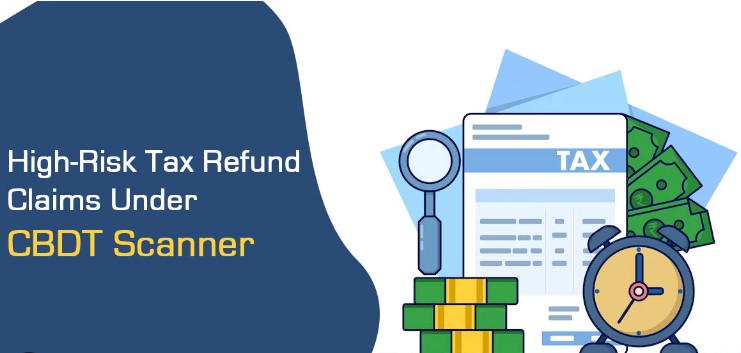
No recovery till the appeal pending before CIT(A)
Published In : EvoBreyta Download
Author : Navneet Singal
No recovery proceedings can be initiated when matter in pending before CIT(A)
The Gujarat High Court has restrained the income tax department from initiating recovery proceedings during pendency of appeals before Commissioner of Income Tax (Appeals) (CIT(A)), where more 5.81 lakh appeal are pending before the CIT(A)s’ with an average of 1310 appeal per CIT(A).
Case Name: Om Vision Infraspace Private Limited Versus Income Tax Officer, Ward 3(1)(4) & Ors
Appeal No: R/Special Civil Application No. 6953 Of 2020
Dated: 15.10.2024.
(The decision of the HC is enclosed with this blog)
Facts of the case
The ground before the Hon’ble Gujarat HC was that CIT(A) are not disposing the pending Appeals on one hand and the recovery proceedings are initiated by the respondent-Income Tax Department for the outstanding demand.
The Revenue filed the affidavit that the following no. of appeal all pending before the CIT(A), i.e.,
|
Category |
Pending appeals as on 26.09.2024 |
Allocation to CIT (A) |
Appeal before each CIT(A) – Approx |
|
Faceless CIT (A) |
3,90,878 |
279 |
1401 |
|
Non-Faceless CIT (A) |
80,170 |
64 |
1252 |
|
JCIT(A) |
1,09,140 |
100 |
1091 |
|
Total |
5,80,188 |
443 |
1310 |
It was submitted that with regard to remedial measures suggested by Central Board of Direct Taxes for reduction of the backlog of the pending appeals, the CBDT has issued the guidelines for the priority/out of turn disposal on 19.03.2024 and 100 JCIT (Appeals) are appointed in the year 2023 and as per Section 345MA of the Income-Tax Act, 1961, e-Dispute Resolution Scheme, 2022 is notified and under Finance Act, 2024, new measures have been introduced and Vivad se Vishwas Scheme, 2024 is also introduced by Finance Act, 2024 and Commissioner (Appeals) have been empowered to set aside the ex-parte assessment orders. no data is given with regard to average life of the pending appeal as, such data is stated to be not readily available with National Faceless Appeal Centre (NFAC).
No measure has been mentioned that how the pending appeals with the CIT (Appeals) which is around 1400 cases per Faceless CIT (Appeals) shall be heard and within what time span such appeals shall be disposed of by the concerned CIT (Appeals). No measures are mentioned with regard to bunching of similar appeals or repeated issues for different succeeding years in appeals, covered matters etc. which would speedily dispose of such appeals by CIT (Appeals).
Proceedings before HC and verdict
The Hon’ble HC asked the respondent to file the data with regard to the average life of the appeal as well as the remedial measures to dispose of the appeals pending before the CIT (Appeals) and time bound programme for disposal of backlog of 5,80,188 pending appeals as on 26.09.2024, but no such details were provided.
The Hon’ble HC held that if the respondents are not interested in resolution of the issue of pendency of the Appeals the manner in which it ought to have been resolved by classifying the Appeals as per the issues concerning the recurring issues, covered issues, etc., we are of the opinion that no recovery should be made from the assessees during the pendency of the Appeals. Therefore, in all these petitions, there shall be no recovery of any outstanding dues from the petitioners whose Appeals are pending during pendency of these petitions
Conclusion
The Hon’ble HC opined that,
(i) No recovery should be made from the assessees during the pendency of the Appeals
(ii) The respondents are not interested in resolution of the issue of pendency of the Appeals the manner in which it ought to have been resolved
The decision of the HC shows the ignorant behaviour of the department regarding the pendency of the appeals and insensitivity towards the grievances of the taxpayers.
The moot question is that whether the verdict of the Hon’ble HC will apply to other appeals which are pending before the CIT(A) India-wide. The author understands that even though it will not be applicable in its form, however, it has a great persuasive value.





